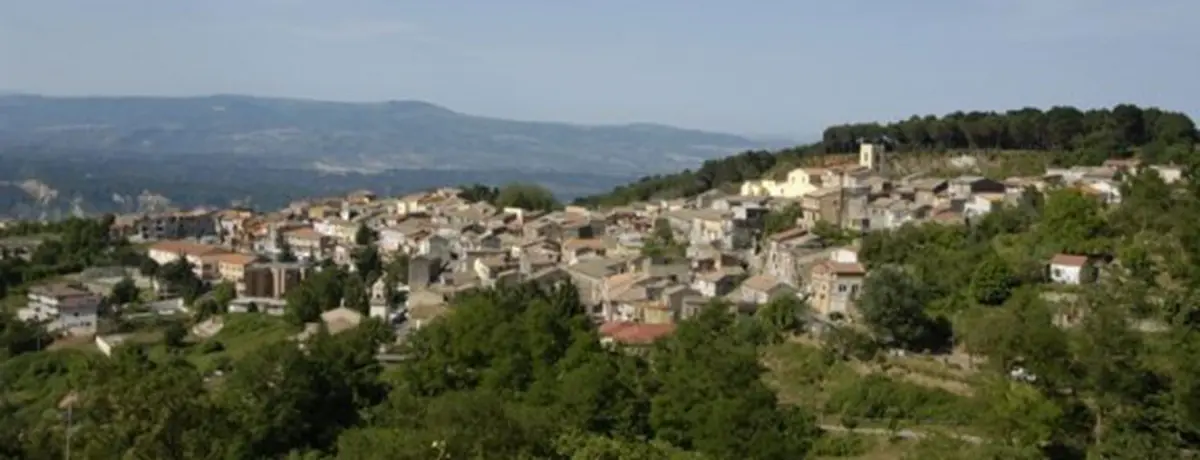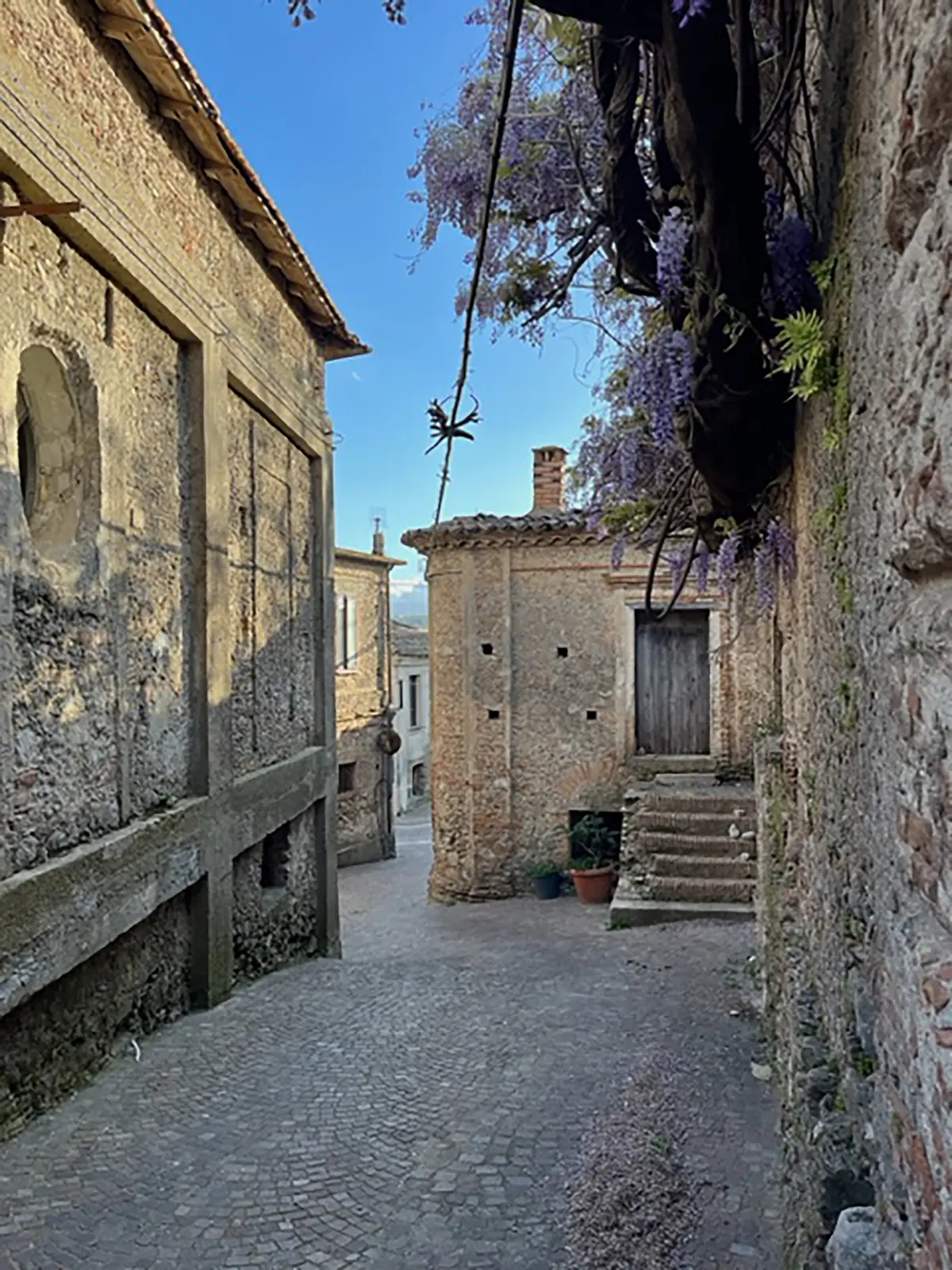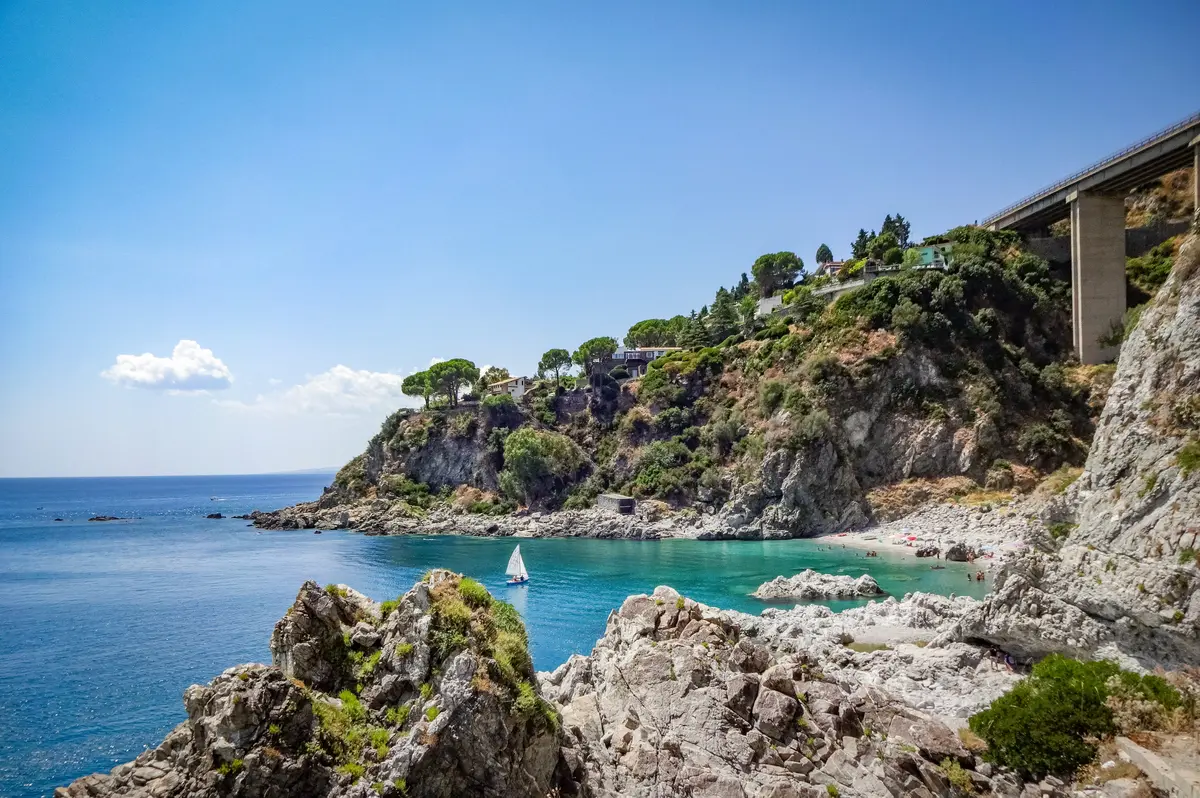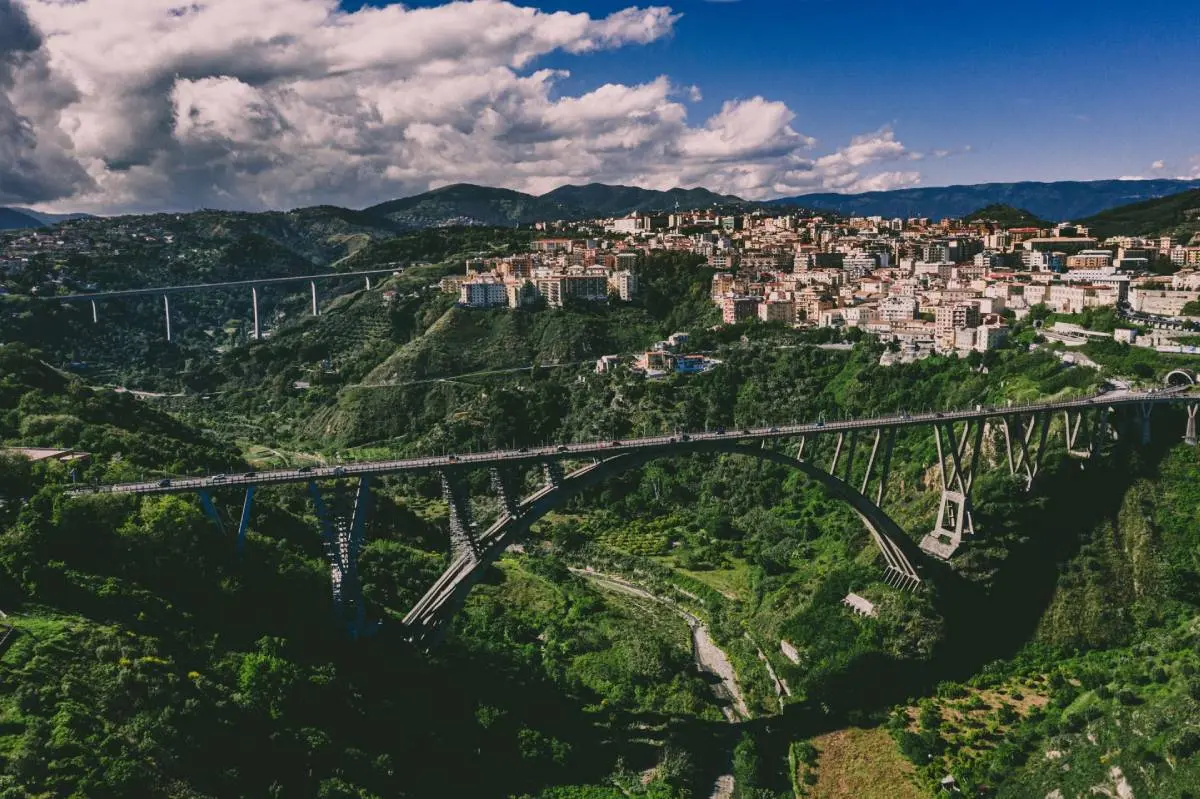Caraffa di Catanzaro
Caraffa di Catanzaro, the persistence of Arbëreshe culture
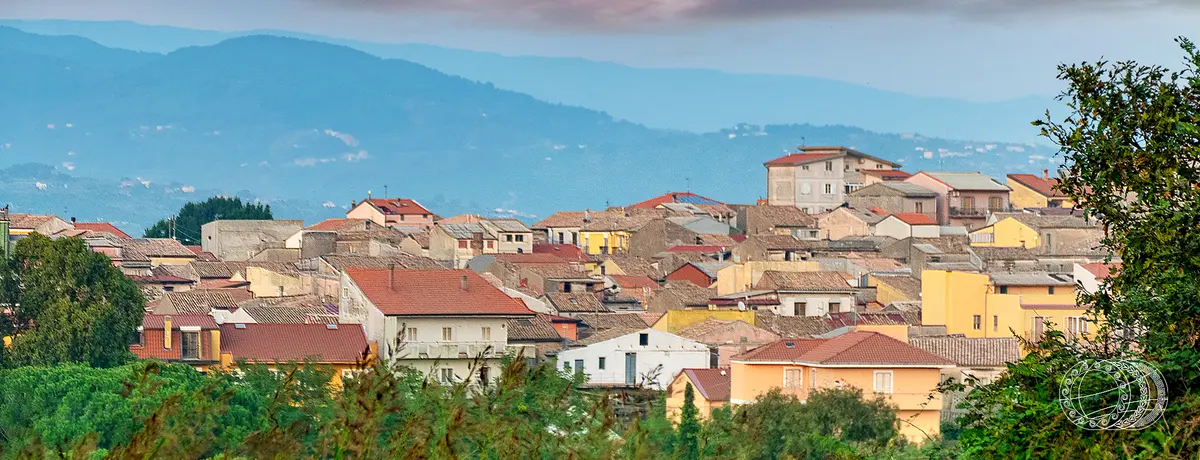
Town
Caraffa di Catanzaro is an arbëreshë (Italian-Albanian) town located at the gates of the city of Catanzaro. The town was founded around 1448 during a significant migration wave by Albanian Shqipetar militias headed by Demetrio Reres and his sons George and Basil who crossed the Ionian Sea to support Alfonso of Aragon, King of Naples.
The town is located in the narrowest point of Catanzaro Isthmus, between the Gulfs of Squillace and St. Eufemia and overlooks both the Tyrrhenian and Ionian Seas.
Caraffa reflects a fascinating cross-fertilisation of Italian and Albanian culture.
The town is undoubtedly an enchanting place due to its historical and linguistic heritage, food delicacies and popular traditions. It also preserves the charm of contamination, dates from the meeting between the Italian culture and Albanian. Caraffa is a unique town in Italy which combines the best parts of the two countries together: Italian green hilly landscapes, a mild climate and the friendliness of its people and closeness to the sea are blended with the culture, language, food and typical architecture of Albania and its people.
The traditional Albanese costume
Despite losing its Byzantine religious rituals, Caraffa still lives the Arbëreshë culture and language, as evidenced by the area’s current historical and cultural heritage. Indeed, it is the only Arbëreshë Community in the province of Catanzaro where a certain number of authentic copies of the traditional costume can be found, preserved in terms of their authenticity and originality at the Istituto della Cultura Arbëreshë "Giuseppe Gangale”. The old gala dress is among the more original costumes of all of Italy’s Arbëreshë Community and Highlights clear Balkan influences that can be appreciated in costumes from Macedonia, Yugoslavia and Northern Greece. The small headgear (keza) is quite typical. Reserved for married women, it looks like a rectangular sachet with raised front and rear tips, always made from red velvet and embroidered entirely. The costume is completed by the "ori"; heavy earrings, rich necklaces and gold chains of varying length (yanakat and laci), which contributed to making the costume look more regal as a whole. The elegance and originality of this costume have intrigued both Italians and foreign travellers who arrived in Calabria between the end of the last century and the beginning of the twentieth century, portraying it in artistic and detailed poses, so as to often represent it as the distinctive costume for the entire region. With the passing of time the original shapes have been exposed to influences of neighbouring populations, giving rise to a new form of clothing marked by a harmonious combination of elements which in part maintain the same name of the ancient Albanian costume.
Institute of Arbëreshe culture
The museum bears witness to the Italian-Albanian culture of the area and is dedicated to Giuseppe Gangale; one of the greatest scholars of the Albanian language. The building houses an exhibition of ethnic art which is typical of the Albanian communities, mostly of tools of the world of farmers and craftsmen. In addition, it includes a permanent crib where visitors can admire the typical costumes called "Arbereshe Nativity". Of considerable importance is the original documentation of Giuseppe Gangale, an Italian-Albanian linguist of the last century, professor at the University of Copenhagen, who left the manuscripts of his research on Albanian culture and on minor languages in general. Some of his documents evidence the creation of an alphabet with which Gangale succeeded in putting in writing everything that the Albanian culture held as an oral tradition.
Gastronomy
Caraffa's cuisine features typical recipes based on Arbëreshë culture and tradition arbereshe, with dishes in legumes, vegetables, flour used for making pasta and with the custom of storing seasonal fruit. While soaking up cozy environment, visitors can savour typical dishes like Tumacé and Qiqera and that, despite their complicated name, are a simple starter based on tagliatelle, chickpeas and sauce (tomato or meat-based depending on the season); Caraffa's true pride. Other dishes that are not to be missed, are the Dromsat (slices of hand-made pasta with flour and water), a goat -meat ragout, parta zita (pasta with meat sauce and meatballs), cuzzuppe (Easter biscuits), asparagus omelette, nacatole (fried pastries and garnished with sugar).
Useful information
What to know about Caraffa di Catanzaro
Events
There are 1 events scheduled.
Where to Sleep
There are 1 available accommodations.
Travel Ideas
There are 3 travel ideas.
Infopoint Caraffa di Catanzaro
via S. Peta, Caraffa di Catanzaro
No result
